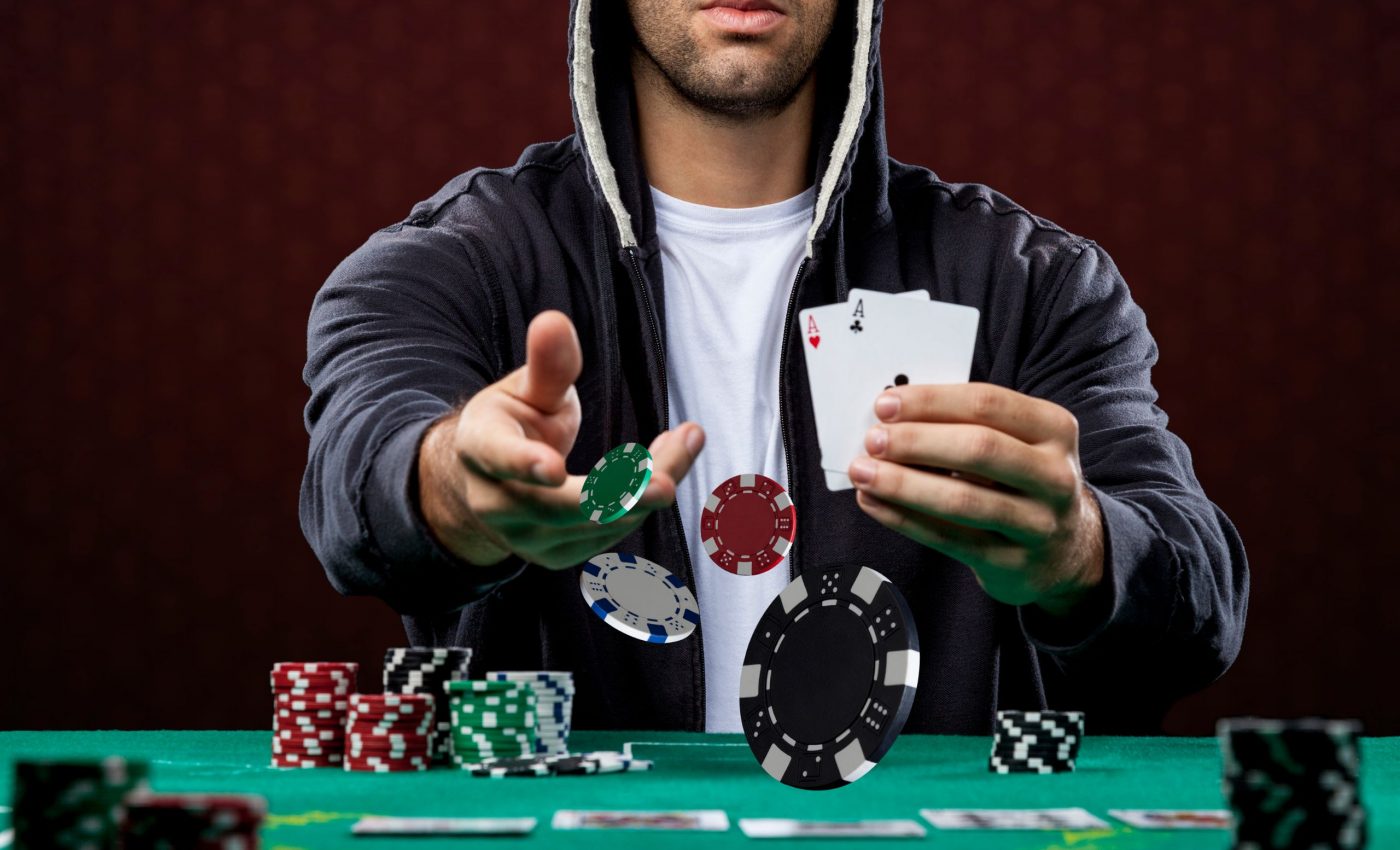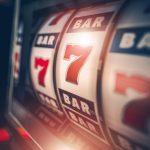In the high stakes game of poker, the “poker face” functions as a psychological weapon more than just a declaration of character. Mastery of this ability influences calm under pressure as well as reading opponent. A well-executed poker face lets players hide their actual feelings, therefore affecting opponent assessment of hand strength. This front generates uncertainty and drives adversaries to doubt their own plans and choices.
Moreover, the ability to stay unreadable not only preserves your own game but also provides you with a special viewpoint to see and interpret the faint signals of others. Even the most talented players may have microexpressions, body language, and voice tone betraying. By concentrating on improving your poker face, you will improve your gaming and keep opponents guessing while negotiating the psychological complexities defining the game. Keeping your cool helps you to behave forcefully even in the most trying situations at the table.
What Is a Poker Face and Why Does It Matter?
Especially when they are bluffing, a poker face is how players cover their real feelings. Maintaining calm and unreadable will enable you to make it challenging for opponent to know your hand strength or weakness. In poker, this capacity to hide emotions is very vital as the game mostly depends on perception and deception. A strong poker face will cause your opponent to doubt their own choices, thereby giving you chances to take charge of the game.
In the art of bluffing, a poker face is really important. Should you hold a weak hand in a stoic manner, your opponent may be misled into thinking you are confident and that you do have a strong hand. This might inspire them to fold better cards, therefore helping you to win the pot without showing a hand. It’s not just about keeping a blank face; awareness of microexpressions and body language is very vital as they might expose the story you’re trying to sell. Learning the poker face might therefore turn into a strategic advantage improving your whole performance.
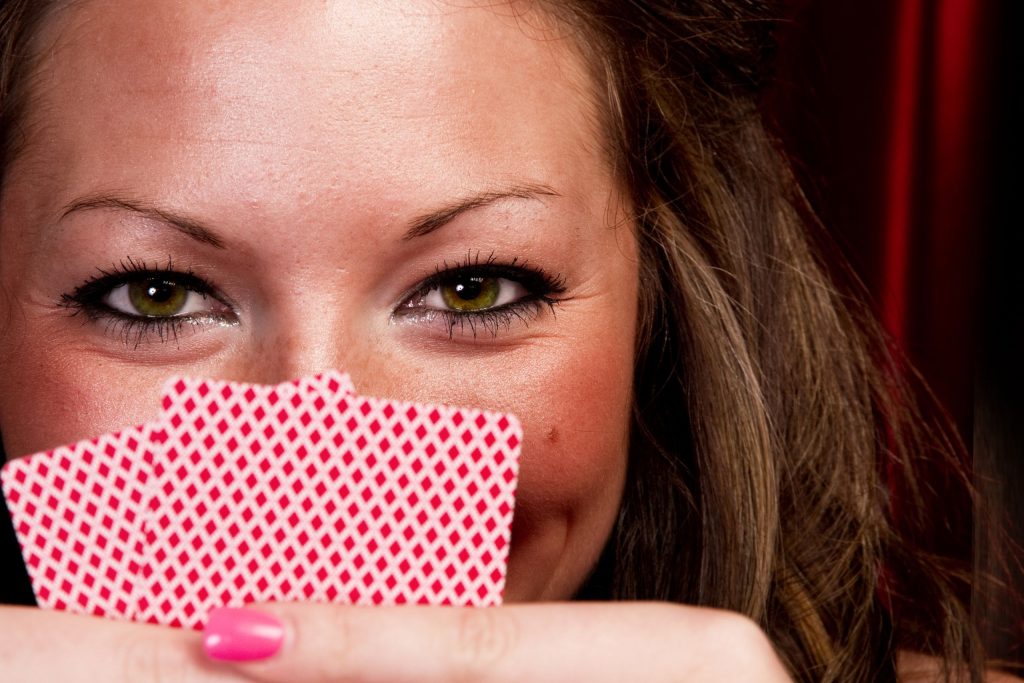
Mastering Emotional Control
Whether your cards are dealt, success depends on keeping your cool at the poker table. Deep breathing is one really good method. Take a minute to breathe in gently with your nose for a count of four, hold it for four, then exhale through your mouth for another count of four when you feel the pressure mounting. This easy workout can help you stay focused and relax your tensions. Remember, being calm not only provides clarity in your decision-making but also helps you from revealing any signals that can alert your opponent on the power of your hand.
Vision is another excellent tactic. Spend a minute before the game visualizing yourself in many situations: winning a large pot, bluffing well, or even facing a strong opponent. Seeing these scenarios helps your brain to be ready to manage tension and be calm in case they arise in real life. Learn also to keep your responses neutral. Try to maintain consistent facial expression and body language whether you strike a brilliant hand or endure a difficult loss. Managing your emotions and responses can help you to develop a powerful poker face that leaves your opponent wondering about your actual hand. Recall, poker is more of a mental game than just about the cards.
Reading Your Opponents Like a Pro
Seeing your opponent at the poker table is about catching up on minute body language and facial emotions, not just about their cards. When you’re in a hand, notice how your opponent sits or moves. Are they crossing their arms, slinking in, or fidgety? These bodily cues reveal a great deal about their mental condition. If someone suddenly gets extremely quiet or their breathing changes, for example, they may be scared or confident, which might provide clues about the strength of their hand.
Another important topic to observe are facial expressions. A player displaying a little grin or a nervous twitch might be bluffing; a wrinkled brow could suggest they are uncertain about their hand. Combine these notes with their betting trends. When a player has a powerful hand, does they usually bluff with lesser stakes or continually raise? Understanding these patterns can help you modify your approach to either profit from their shortcomings or avoid when they look powerful. In poker, reading the table is everything, hence those minute elements might provide you a big advantage.
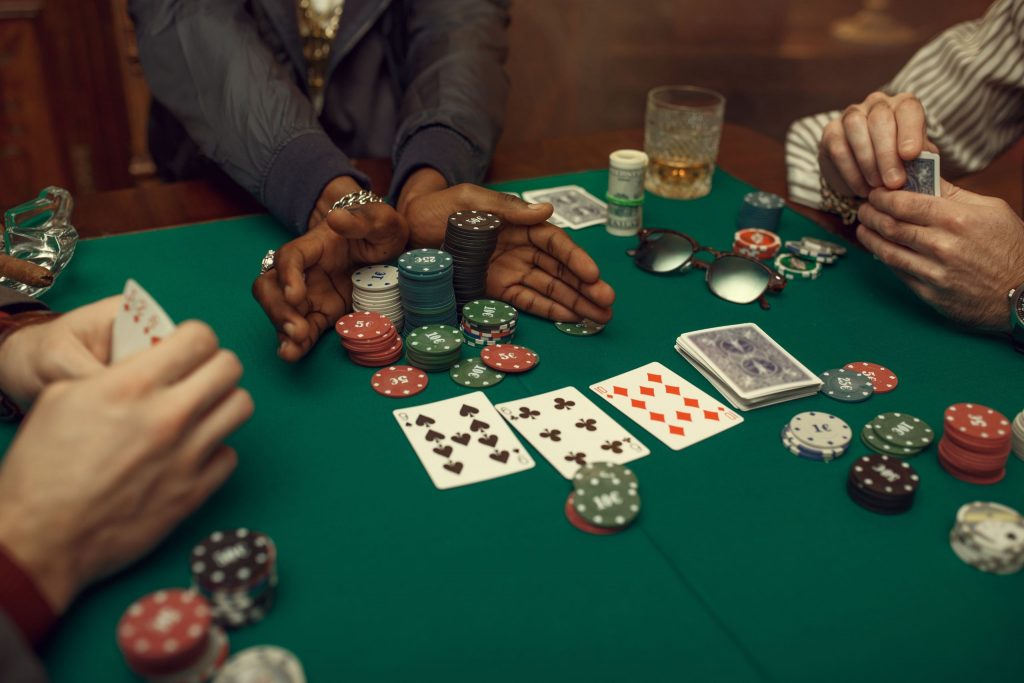
Perfecting the Art of Bluffing
Any player trying to become a master blazer needs a poker face as a fundamental instrument. It’s all about maintaining a straight, unreadable look to sow doubt in your opponent’s head. Showing any symptoms of stress or enthusiasm will reveal yourself as you are bluffing because you want your opponent to believe you have a powerful hand. Whether you have a royal flush or only a pair, a cool head helps keep the impression that you are confident in your cards. Here, practice makes perfect; the more you play, the better you will become at managing your facial expressions.
Blowing a bluff requires timing, which is everything. When the circumstances fit your narrative—that is, when the board reveals cards implying a stronger hand—bluff. Now would be the moment to extend your bets if you have played aggressively all through the game. Little gestures like keeping eye contact or slanted forward tilting while you gamble help to accentuate your confidence story. Be careful, however; if you blunder too often or are found out, your reputation suffers. Keep your bluffs sporadic and deliberate; this will help your opponent to believe you should you decide to go for it.
Tips for Online Poker Players
Even if you cannot personally see your opponent, adjusting your poker face techniques to online games may be a game-changer. One of the main strategies is to focus especially on betting trends. If a player often bets high after a powerful community card, for example, they may be attempting to bluff or have a solid hand honestly. Knowing these trends can help you decide whether to fold your hand or call their bluff. This type of observation enables you to create a mental profile of your opponent, therefore enabling more planned reaction.
Another very important component of online poker is chat behavior. Many times, players throw off their opponents via the chat tool. Look for players who attempt to divert others or are too talkative; they may be compensating with words as they are nervous with their hand. On the other hand, someone who is very silent might be attempting to suppress their actual emotions. Make advantage of this material. Finally, internet gaming depends much on timing choices. Should you find yourself making decisions slower than normal, your opponent may start to question you and believe you are contemplating a powerful hand. Even in the virtual world, by learning these subtleties you can keep a good poker face and improve your game.
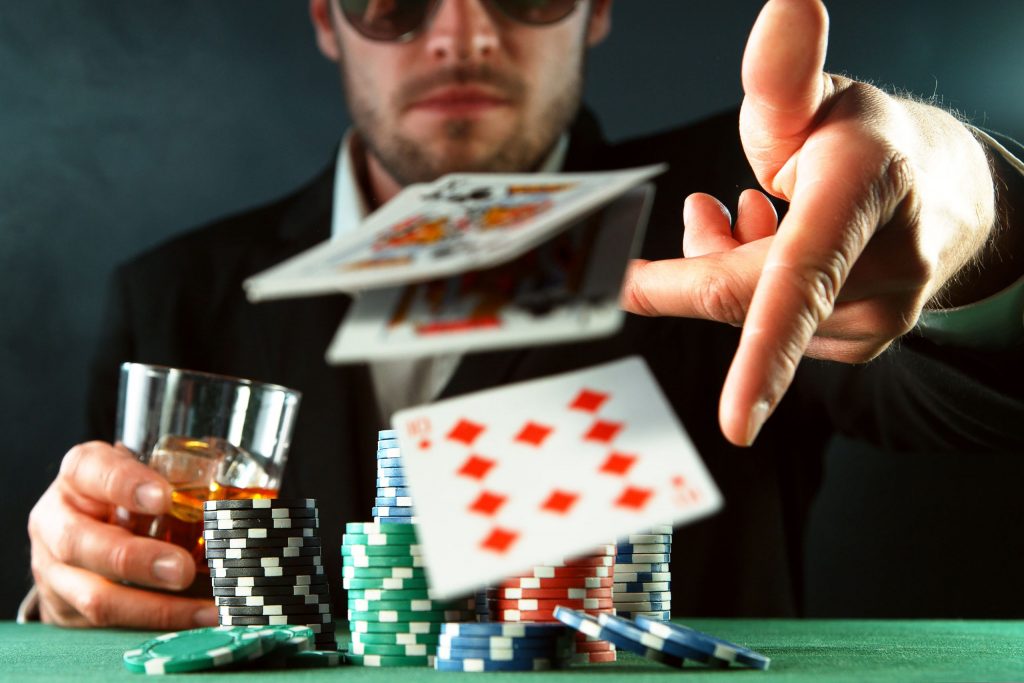
Conclusion
Success at the poker table depends on your mastery of the poker face, emotional control, and observational abilities as these components taken together improve your capacity to read opponents and make smart judgments. While bluffing or value betting, a great poker face keeps your opponent from figuring the strength of your hand, therefore preserving your edge. Maintaining composure under duress requires emotional control, which will help you to prevent expensive errors motivated by overconfidence or impatience. Furthermore, improving your observational abilities to identify tells and betting patterns in your opponent offers insightful information that may guide your approach, therefore resulting in more wise selections and a better chance of game victory.

